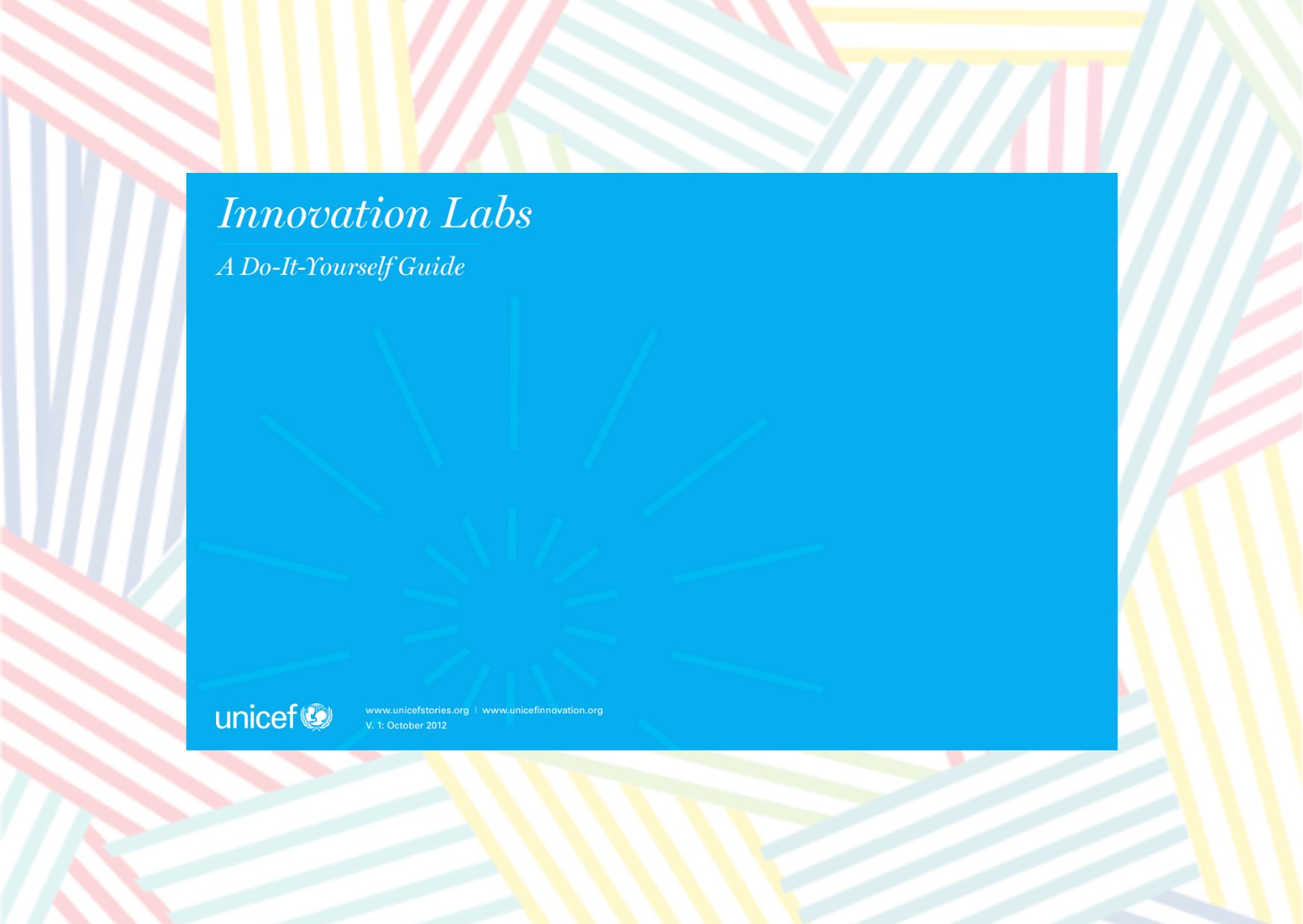
Innovation Labs create global interoperability. They are physical spaces that allow for collaboration among private sector, academia and civil society. The labs profiled in this guide allow UNICEF to convene dynamic, new partners around specific local issues—and, importantly, allow the solutions that are created to go to global scale. The lab in Kosovo works with technology created in Prishtina, in Kampala, and elsewhere, and adapts it to the needs of a young, determined population. The lab in Uganda connects academia from the US, Europe, and Kampala, and creates system change at a national scale. The CCORE lab in Zimbabwe takes best practices from the world of operational research and applies them to pressing programmatic issues. These are just the beginning.
This document gives you the information you need to create your own lab. This could be a UNICEF lab—or could simply be a space of creativity that is aimed at solving significant global problems through the application of dedicated local resources.
There is no ego in the concept of a lab. Pioneers like the iHub in Nairobi, INSTEDD in South East Asia, the Global Pulse in Jakarta, and Un Techo para mi Pais in Chile show the demand for methodologies of openness, collaboration, and experimentation.
The document is structured to give a sense of what a lab contains, to provide the specific, operational steps needed to get a lab up and running, to provide a few examples of existing labs, and finally to provide the technical documents (terms of reference, partnership agreements, etc.) that you can adapt for your own use. Most importantly, it is designed to be extended.
ٍSource: UNICEF Office of Innovation